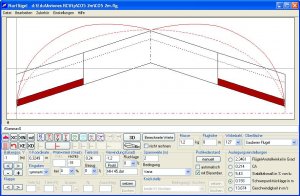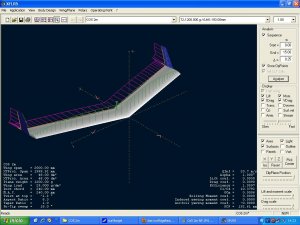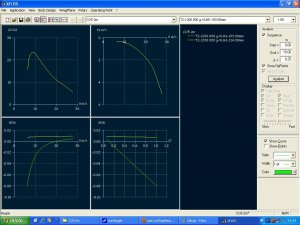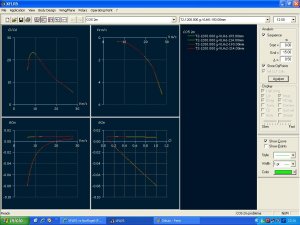Eduardo,
I sincerly do not think that there is an ideal accurate program. It depends much on what you want to develop.
I am sure that everybody agrees that for easy usage Nurflügel is probably the best program to use. It has some limitations and precission is suboptimal for thick airfoils. However, it is easy to use and many good flying planes have been design with it.
The FLZ_Vortex is a follow up of Nurflügel. It contains some interesting extensions, for example for dihedrals. Nonetheless, people have less experience with it, because it is used less (restricted "demo" version). I'm not sure, if enough Nurflügels have been design using FLZ_Vortex to have an estimate on accuracy.
Both Vortex and Nurflügel use quiet old methods (some variation of the lifting lines method proposed by Prandtl something around 1900). These methods are not accurate for thick airfoils. In theory these methods work only for cambered plates in ideal fluids, i.e. no thickness at all and no viscosity.
XFLR5 offers a panel method and two lifting line methods (probably rather vortex rings). The panel method should in principle be more accurate and should account for thickness effects. The problem is that XFLR5 is not so easy to use as Nurflügel. Several of the functions contained in Nurflügel have to be done manually in XFLR5.
If you get strange results, countercheck with all programs. And use common sense or ask here in the forum

Greetings,
Andrés




 .
.

